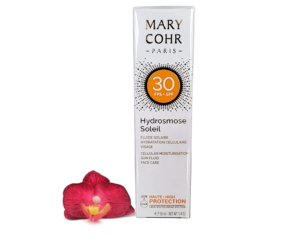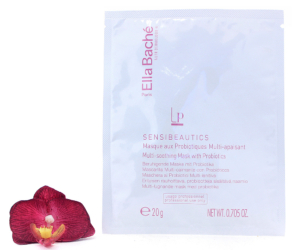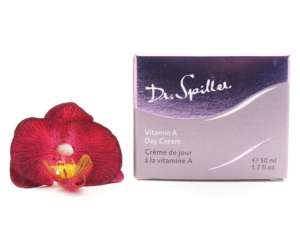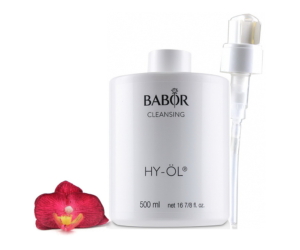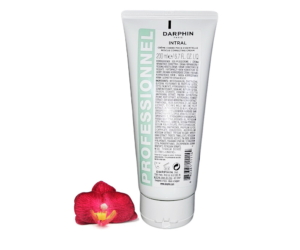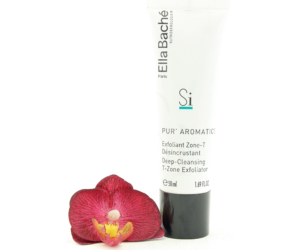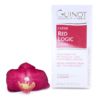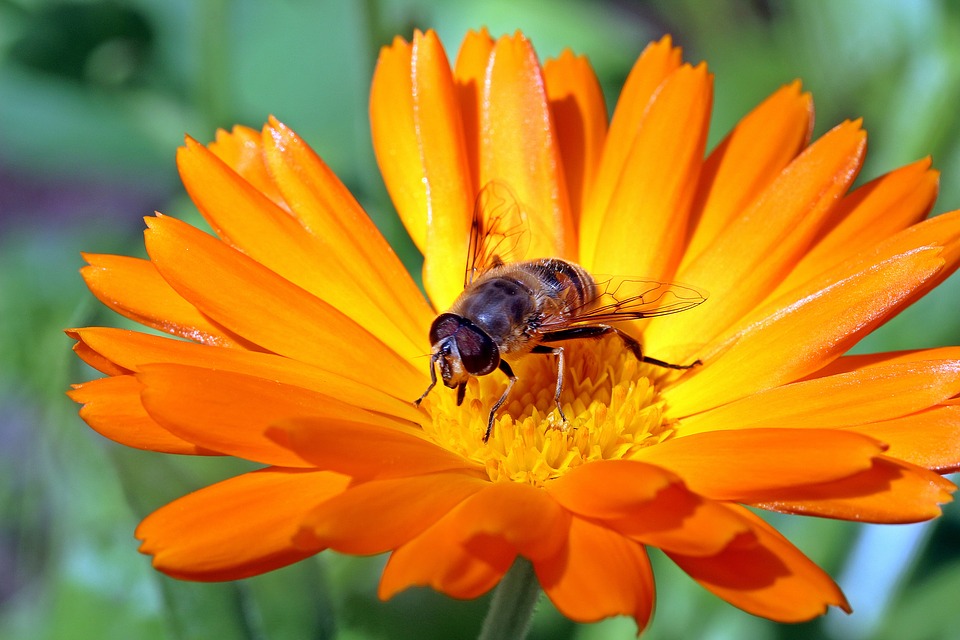Body Care
The many extraordinary Calendula oil benefits
Calendula oil is derived from the marigold flower, and is the oil extracted from the petals. While marigold is an extremely powerful plant in terms of health-giving properties, it is calendula oil which is high demand at the moment.
While the marigold flower was one of the plants used to fight the plague in 17th century England, it has also been a favourite of the ancient Egyptians and Hindus who use the flower to decorate statues of gods.
While calendula oil benefits are many, the smell of the oil might put off some people. It has a fragrance that has been described as musky, woody and sometimes rotten. This may serve as a warning to anyone seduced by the idea that oils from flowers are all pleasant!
According to Mercola, Calendula oil has many uses. Some of which are outlined below. It is its role in the treatment of skin conditions that we pay most attention to. (As an aside, we were not surprised to see it included in the ingredients of one eyecream we cannot get enough of – the Atlantis Skincare eye cream with Hylaluronic Acid)
Here are three classifications of calendula plant and oil uses:
- Health and wellness — It has tonic, sudorific, emmenagogic and antispasmodic properties, but it is mainly used for skin care and treatment.
It has great anti-inflammatory and vulnerary action, making it helpful with stubborn wounds, acne, ulcers, bed sores, varicose veins, rashes, eczema and related conditions. It helps soothe sore, inflamed and itchy skin conditions.
Calendula massage oil also assists in soothing, and softening skin, making it a good addition to massage oils or when preparing a carrier oil blend.
- Cooking — Since the Middle Ages, the petals of marigold have been used as “the poor man’s saffron” for coloring cheeses, butters and side dishes.
During the Elizabethan era, both petals and leaves were used in salads, although the latter showed to be very strong. The petals flavored soups and stews.
- Practical uses — Marigold has been used as a dye. Dried petals can also be added in potpourris.

 Français
Français Русский
Русский
